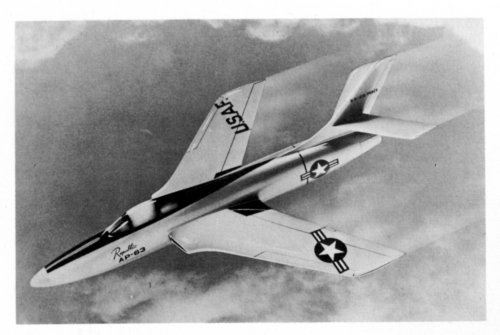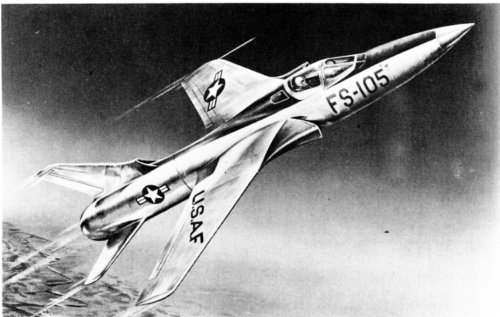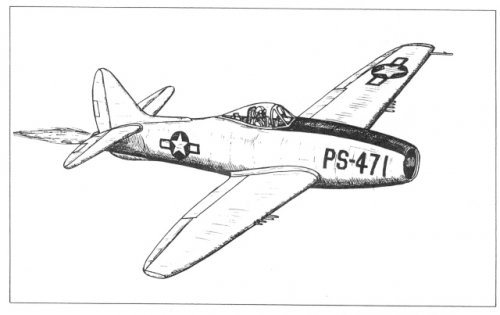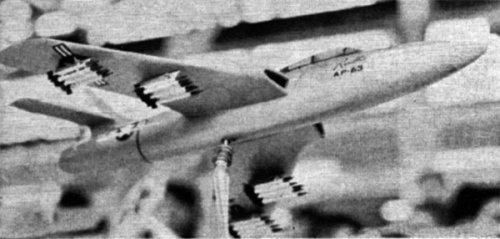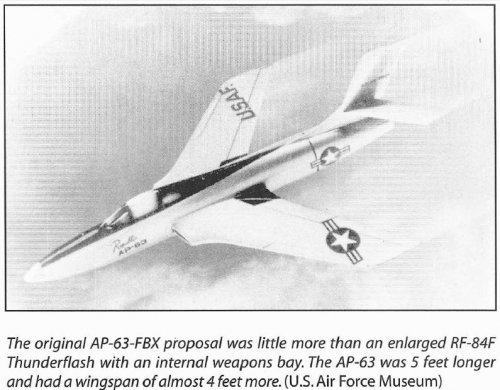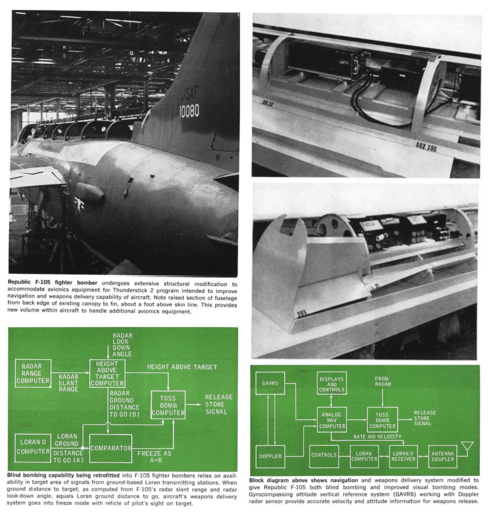Re: Republic AP-63
Your comment is very interesting, Evan. I'm fascinated with Republic fighters because I see an evolution line, step by step, that starts with the Seversky fighters in the 30's and ends with the F-105. Every design has something in common with the precedent one.
P-43 to P-44, P-43 and P-44 to P-47, P-47 to Jet Thunderbolt, Jet Thunderbolt and P-69 to P-84, P-84 to AP-63, AP-63 to F-105.
By the way, in my research on US Types I have found to versions about the P-84 development story. Anybody can tell me where is the truth.
1. X-Fighters. USAF experimental and prototype fighters, XP-59 to YF-23. Steve Pace. Motorbooks. ISBN 0-87938-540-5.
"In May 1944, the new GE TG-180 turbojet (later J35) performance was so exciting that US Air Materiel Command released a General Operational Requirement for a 600 mph pursuit interceptor airplane that could double as a fighter-bomber.Republic came up with a TG-180 powered P-47 but the concept was quickly selved in favour of an all-new design"
2. The P-84 was a private iniciative from Republic to replace the P-47 which interested the Air Force enough to place an order.
Please, follow this link
http://home.att.net/~jbaugher1/p84_1.html
Private iniciative or design competition?. Please help me.
PD: I have more support from other books to believe in the design competition story. There was almost one more submission, from North American. North American studied P-51 piston-jet powered P-51 derivatives that were the bassis for its TG-180 powered RD1265 study.
This study was later converted to naval fighter and submitted to the US Navy jet fighter requirement in December 1944 as Model NA-134. This aircraft became the XFJ-1 Fury.

